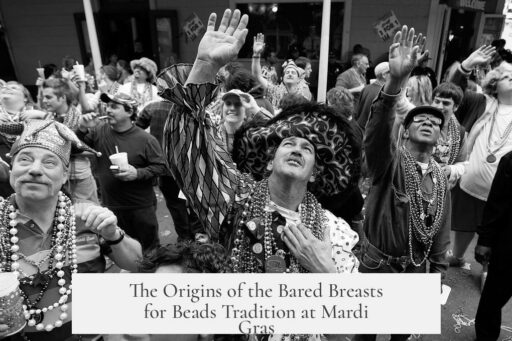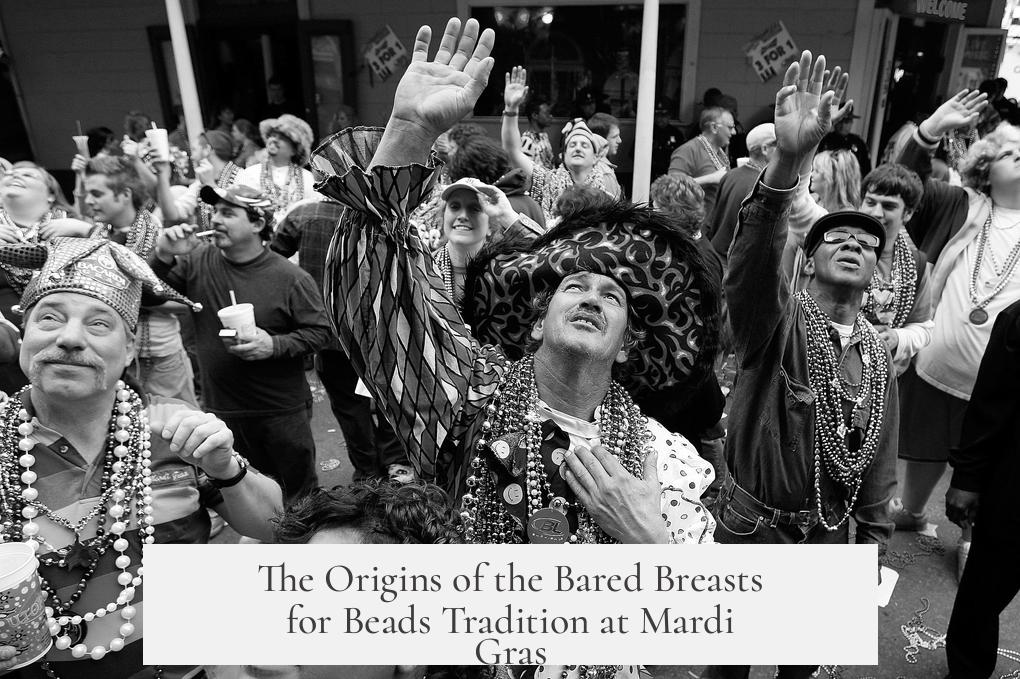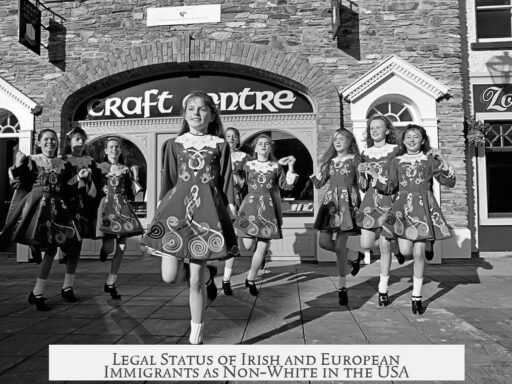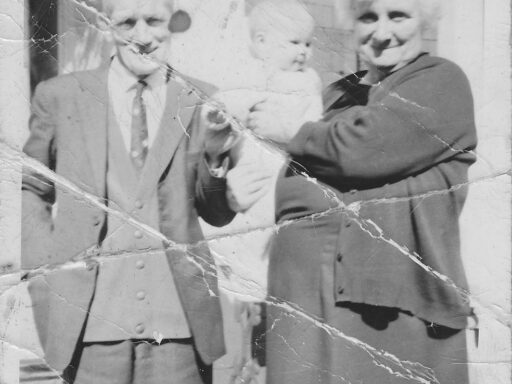The bared breasts for beads tradition at Mardi Gras started in the mid-1970s in New Orleans’ French Quarter. It emerged as a form of playful exhibitionism connected to bead throwing during Carnival celebrations. This began around the time the official French Quarter float parade was shut down, leading to freer and rowdier street celebrations.
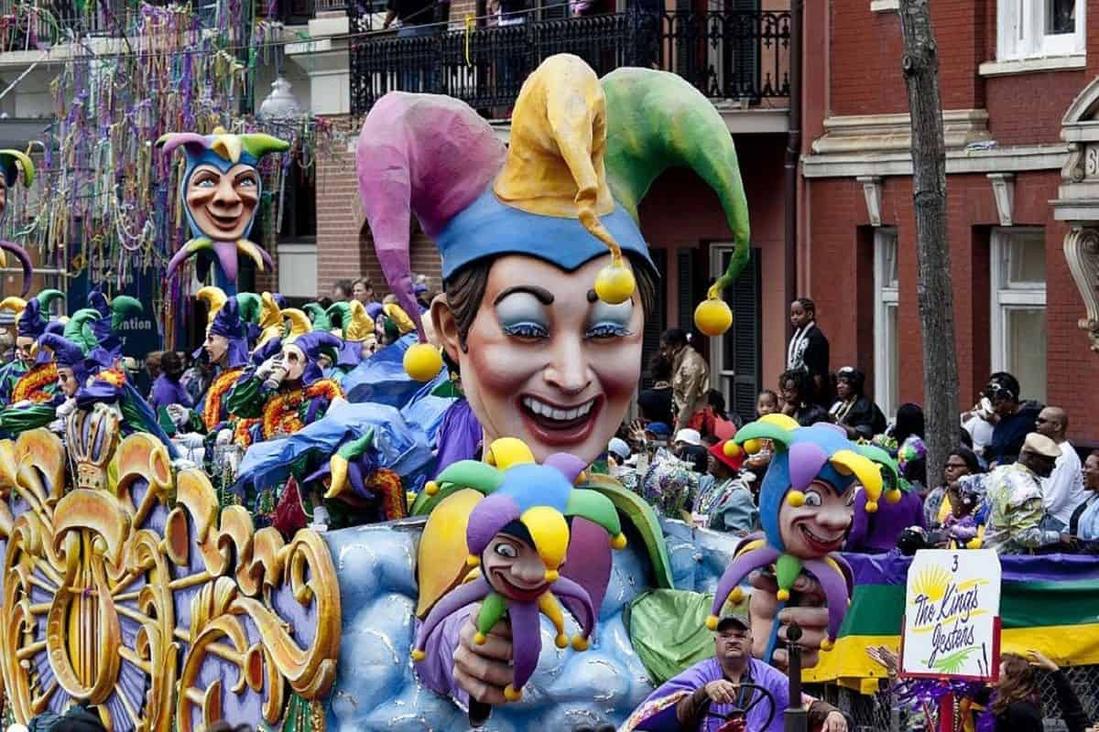
In the early 20th century, Mardi Gras parades mainly took place in New Orleans’ French Quarter. This area lost social prestige as wealthy families moved out, partly due to immigration and shifting city dynamics. The French Opera House, a center for Carnival balls, burned down in 1919, further reducing the Quarter’s status in Mardi Gras festivities.
Prohibition in the 1920s changed the social landscape. Speakeasies and later regular bars brought a wilder crowd to Bourbon Street. Despite balls moving elsewhere, parades continued in the French Quarter. This created an environment where behavior became more uninhibited.
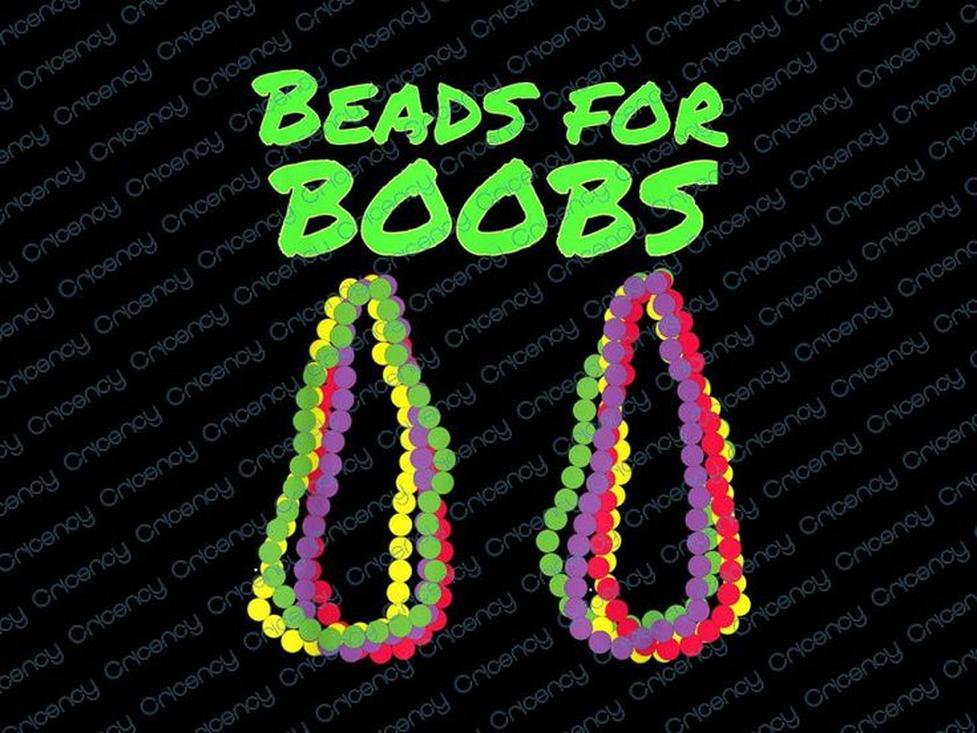
In 1973, authorities banned float parades in the French Quarter. Narrow streets and growing crowds made safety a concern. Parades shifted to wider St. Charles Avenue, leaving the French Quarter to host unstructured street celebrations. These gatherings attracted diverse and often more unruly participants. Public attitudes around sexuality were also becoming less restrained at this time.
The first recorded instances of sexual exhibitionism during Mardi Gras parades happened near Bourbon and St. Ann streets. Men flashed genitalia from balconies and street corners as a form of dare and showmanship. Women made up only about 25% of participants then, so male exhibitionism was more common.
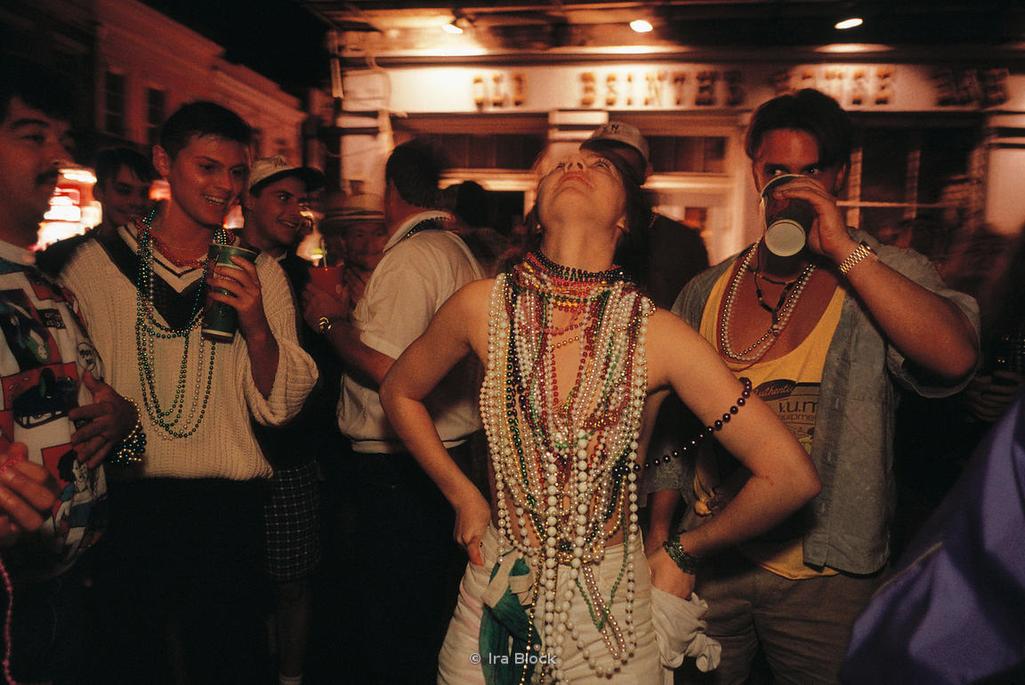
In 1975, a pivotal event happened. A group of nudists at a second-floor hotel party moved onto the balcony during Mardi Gras. They encouraged crowds on the street to respond by baring breasts or genitalia. While doing this, they threw beads down, linking the gesture of exposure with receiving necklaces. This moment is widely seen as the origin of the specific “bare breasts for beads” exchange.
The beads themselves had become more prevalent and affordable thanks to cheap plastic imports from China. Before this time, beads were tossed randomly by krewes from floats. After 1975, the newfound custom gave beads a perceived value as “payment” or “reward” for exhibitionism, increasing enthusiasm among revelers.
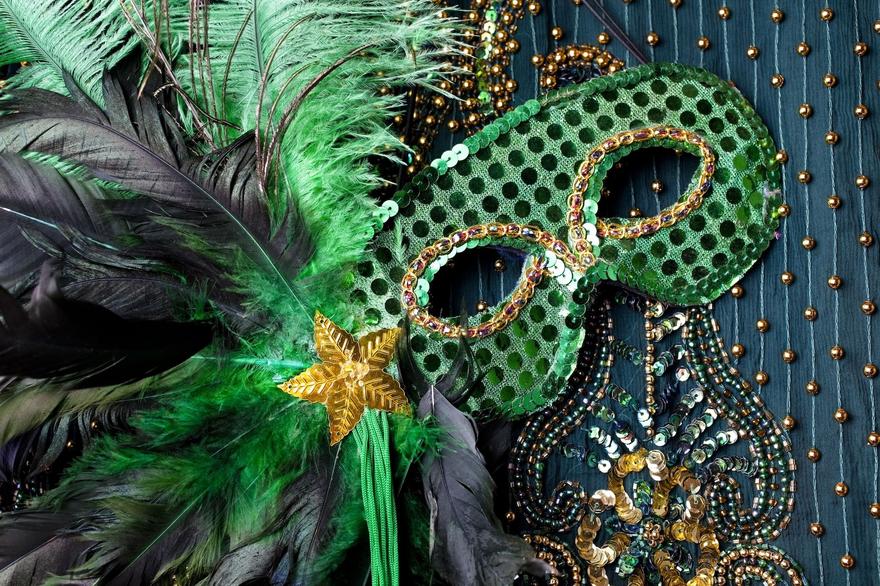
In 1979, a police strike canceled all official Mardi Gras parades. This led to more unruly crowds and intensified the spirit of wild celebration in the French Quarter. By the early 1980s, the link between exposing breasts and earning beads was firmly established. This tradition grew into a recognizable feature of Mardi Gras, especially on Bourbon Street.
Over time, as more women joined Mardi Gras festivities, male public nudity became less common in the bead exchange tradition. The public display shifted focus primarily to women baring breasts. Media franchises like “Girls Gone Wild” amplified this trend by popularizing and commercializing the spectacle of women disrobing for beads. These developments occurred decades later and represent a shift from the tradition’s original context.
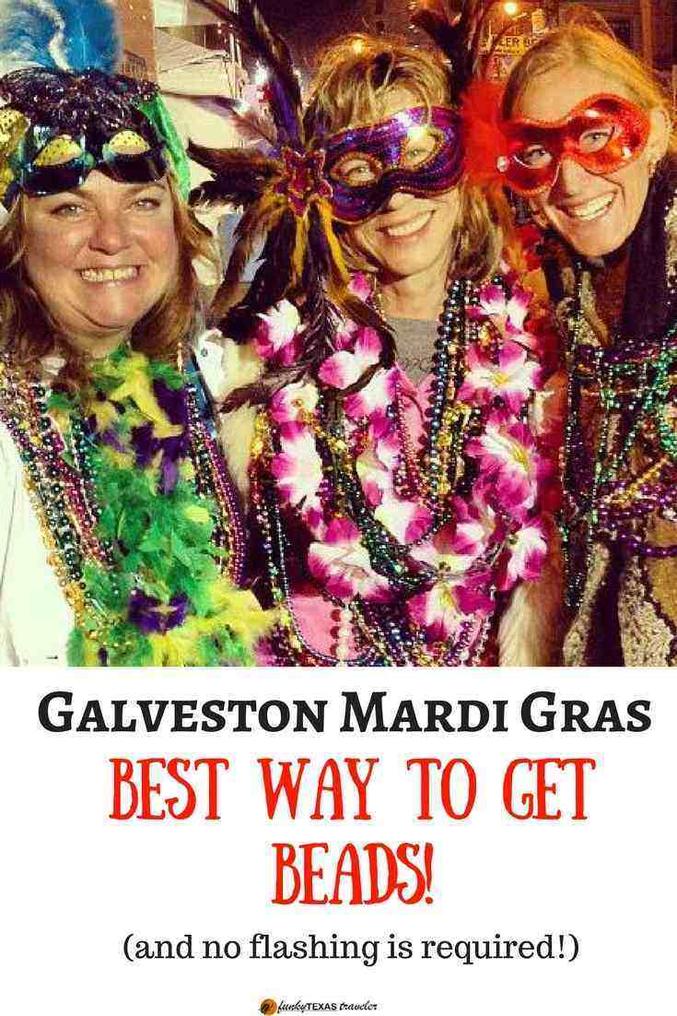
| Year | Event |
|---|---|
| Early 1900s | Mardi Gras centered in French Quarter; Carnival balls held at French Opera House |
| 1919 | French Opera House burns down |
| 1973 | French Quarter float parades banned; parades move to St. Charles Avenue |
| 1975 | Nudist party encourages exhibitionism and throws beads from balcony |
| 1979 | Police strike cancels parades; increase in street revelry and nudity |
| 1980s | Breasts-for-beads tradition becomes firmly established |
- The tradition began as a spontaneous form of revelry after Mardi Gras parades left the French Quarter.
- Linking nudity with beads was popularized by a 1975 nudist party balcony event.
- Cheap plastic beads helped monetize and spread the tradition widely.
- Shifts in participation and culture have influenced how the tradition evolved over decades.
Mardi Gras: How did the bared breasts for beads tradition get started?
The tradition of bared breasts for beads at Mardi Gras began in the mid-1970s as part of an evolving culture of exhibitionism linked to the festival’s shifting social dynamics and the iconic beaded necklaces handed out during the parades. But what exactly sparked this bold and now infamous practice? Let’s unpack the colorful history, peppered with cultural shifts, old French Quarter lore, and the rise of modern revelry.
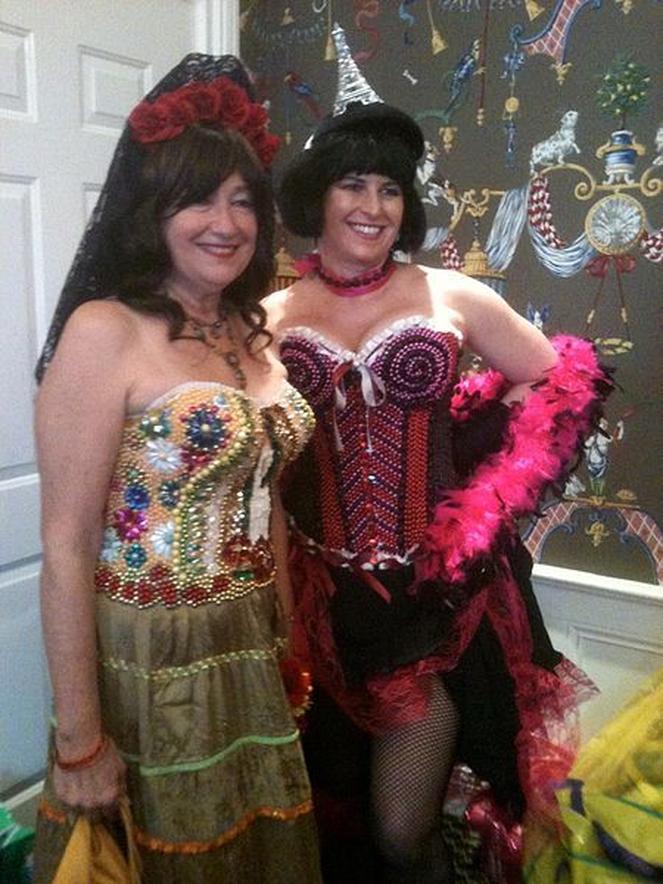
Picture New Orleans in the early 20th century. Mardi Gras parades thrived in the French Quarter, the city’s historic heart. However, as time passed, the area’s grandeur faded. Wealthy families moved out, fleeing the influx of immigrants, and the venerable French Opera House—a key Carnival venue—burned down in 1919. This left a cultural void. Prostitution was outlawed in 1917, but it didn’t vanish; instead, it migrated into the more affordable French Quarter, lending the district an edgy, “unsavory” vibe.
The 1920s brought speakeasies to Bourbon Street, evolving into regular bars by the 1930s. Despite the scandals, the parades persisted, drawing increasing numbers of tourists, many seeking more than just the floats.
Fast forward to 1973, when the prized French Quarter floats were permanently canceled. The narrow streets simply couldn’t handle the expanding crowds and gigantic floats. Parades shifted to the wider St. Charles Avenue, changing the scene drastically. The once vibrant French Quarter celebrations turned into dense street festivals where physical space was limited but energy soared.
At that time, the world was embracing a new openness about sexuality and nudity. Streaking—yes, those midnight runs—became a pop culture phenomenon. It’s no surprise that Mardi Gras, always a wild party, followed suit with more daring public behavior.
So how did flashing become a Mardi Gras thing? The early ’70s saw men flashing their penises at the Bourbon and St. Ann intersection and from hotel balconies. Women still made up just a quarter of participants back then. But in 1975, a landmark event happened: a hotel balcony party of nudists beckoned the crowd below to strip in return for beads. This moment linked nudity with the vivid, plastic strands synonymous with Mardi Gras.
The nudists on the balcony tossed beads down to those who reciprocated by baring breasts or more intimate parts. It was a kind of unspoken barter: exposure earned you colorful necklaces.
The police strike during Mardi Gras in 1979 made things even wilder. With no official parades, revelers had nothing but their imagination—plus lots of beads—to fuel creativity and chaos. By the early 1980s, the tradition was firmly in place. The idea of “earning” beads through exhibitionism gave the necklaces a new, irresistible value beyond just festive decoration.
The beads themselves are fascinating. Originally, krewes tossed beads as a simple gesture during parades, but the availability of cheap plastic beads from China allowed for mass distribution. Suddenly, beads became coveted treasures—a currency in their own right during Mardi Gras festivities.
Over time, the tradition shifted. Men’s participation in public nudity decreased as more women attended Mardi Gras, which changed the dynamic especially along Bourbon Street’s storied entertainment scene, once dominated by gay men. The emphasis moved toward female nudity, amplified by media like the Girls Gone Wild franchise in the 1990s and 2000s. This commercialization increased the focus on women flashing breasts to collect beads, further embedding the practice into Mardi Gras culture.
Why does this matter?
Understanding how bared breasts for beads started reveals Mardi Gras as a living, breathing cultural phenomenon shaped by social changes—immigration, urban development, shifting gender roles, and media influence. It’s more than a wild night out; it’s a complex tradition embedded in history and local identity.
Also, this tradition highlights Mardi Gras’s spirit of participation. The beads aren’t just thrown; they’re traded. In a lively crowd, flashing isn’t mere exhibitionism—it’s a social exchange, a moment of shared experience and unspoken negotiation.
What about today?
The tradition continues but has evolved. The original men’s flashing is less visible. Public nudity laws and law enforcement have tightened, yet playful nudity remains a hallmark. Many see the beads-and-breasts tradition as a cheeky part of the city’s charm, although it’s not without controversy.
If you’re planning on experiencing Mardi Gras, keep a few tips in mind:
- Respect personal boundaries—never expect or pressure anyone to participate in flashing.
- Know the local laws—public nudity is technically illegal but often tolerated in specific contexts.
- Enjoy the vibrant culture beyond the beads—it’s a festival rich with history, music, and food.
- Remember the tradition’s roots—it began as a playful, communal act during a chaotic yet creative time.
Mardi Gras’s beads-and-breasts tradition is a fascinating window into New Orleans history. Starting as balcony antics in the French Quarter, it blossomed into a signature event that blends irreverence, commerce, and celebration. The next time you see those plastic strands fly through the air, you’ll know there’s a story behind the shimmer—a story of resilience, rebellion, and revelry.
“By the 1980s, the tradition of exhibitionism being paid for with beaded necklaces was pretty well set in stone.” — Kevin Fox Gotham, Contrasts of Carnival: Mardi Gras Between the Modern and Post-Modern (2013)
Mardi Gras is more than beads; it’s history twinkling in every colorful strand.
How did the tradition of baring breasts for beads during Mardi Gras start?
In 1975, a party of nudists on a hotel balcony urged people below to expose themselves in exchange for beads. This linked public exhibition with receiving necklaces, starting the tradition.
Why did the French Quarter parades end and how did it affect Mardi Gras?
The French Quarter parades ended in 1973 due to narrow streets and safety concerns. Parades moved to St. Charles Avenue, while French Quarter celebrations became more about crowded street parties.
What role did the police strike in 1979 play in Mardi Gras traditions?
When police went on strike in 1979, parades were canceled. This led to more unruly street behavior, which helped popularize exhibitionism and the bead-throwing custom.
How did gender participation in Mardi Gras change the baring breasts for beads tradition?
Early 1970s Mardi Gras had mostly men involved in flashing. More women attending later shifted the focus to female exhibitionism, phasing out male nudity in the tradition.
What effect did commercial influences have on the tradition?
The growth of media franchises like *Girls Gone Wild* emphasized women’s nudity, increasing the public focus on women disrobing for beads. This commercial angle grew in the 1990s and beyond.
